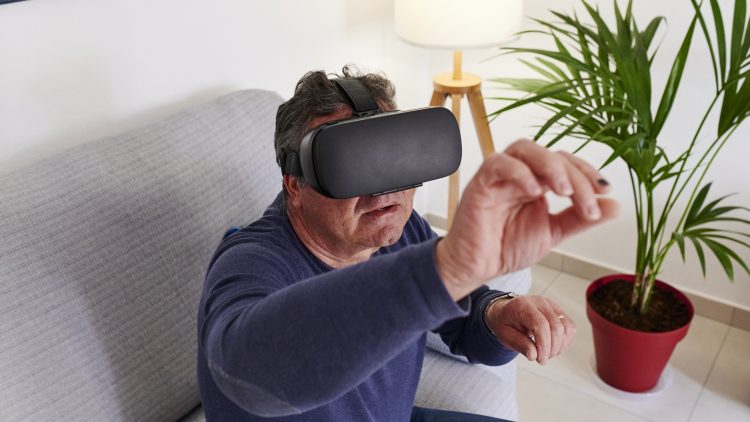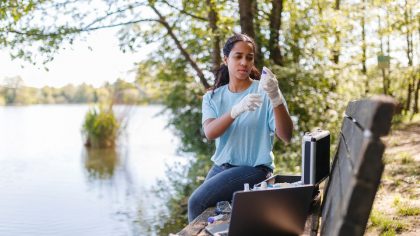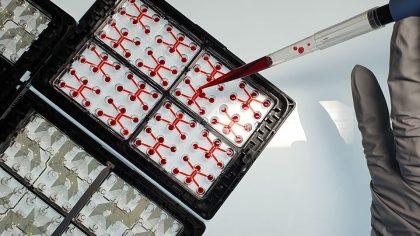Virtual reality for addiction treatment: The importance of social plausibility in simulated situations.
Addictologists consider that virtual reality exposure therapy (VRET) offers patients a hybrid environment, where they can simultaneously be within the secure walls of the hospital (a bubble in which ordinary life is almost put on hold) and outside the hospital, in situations that could lead to relapse. They see it as a means to minimise the stark opposition between inside and outside that characterises hospitalisation and to give patients the power to take action for themselves by allowing them to train virtually.
Read the article


Are we all “addicted” to our screens? A socio-historical look at how digital technology has been pathologised through the prism of addiction.
Read the article
Improving the security of information systems with digital twins
Read the article
Leveraging Mobile Phone Data to understand Temporary Migration in Senegal
Read the article
Bluesky: decentralized design is the key to the micro-blogging platform’s success
Read the article
Biodiversity in lakes: multimodal AI crunches eADN data to monitor pollution
Read the article
